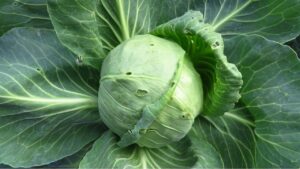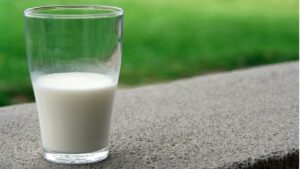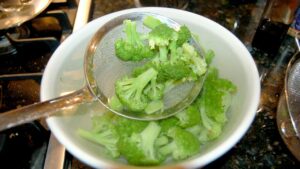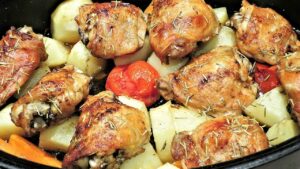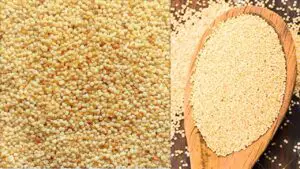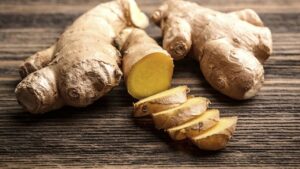Mustard is extensively used in Indian cooking. It is used in three forms – seeds, oil and paste. Mustard seeds are tiny seeds with an exotic and exciting aroma.
Mustard is popularly known as sarson or rai in Hindi and sarshe in Bengali. Both mustard paste and mustard oil are procured from mustard seeds which are collected from the mustard plant.
It is slotted with different vegetables such as cabbage and Brussels sprouts under the category of cruciferous vegetable.
In terms of colour, mustard seeds are of three types – Black, Brown and White. Each of these has a distinct taste and use.
All three types are easily available at both retail shops and mega marts. Usually they are sold in well-sealed packets. You can buy mustard in whole, powdered and ground form.
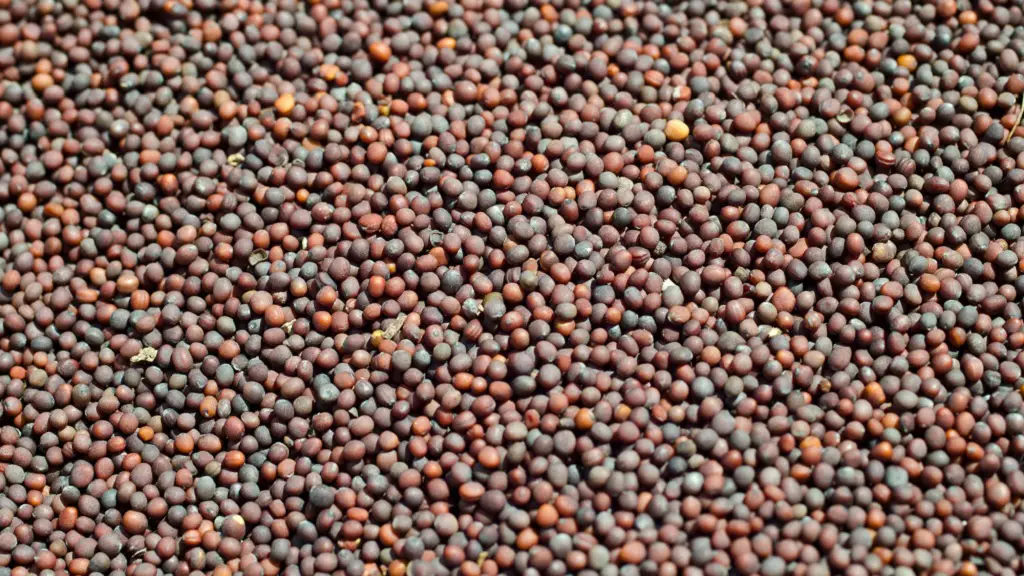
Uses of Mustard in Bengali & Indian Cooking
Mustard Oil:
Mustard oil has almost earned a celebrity status in North Indian cooking, especially in Bengali culinary culture. Mustard oil adds unique, pungent flavour to whatever is cooked in it.
It whips magic to anything from simple vegetable curries to rich, aromatic spicy gravies to mouth-watering fried items. All green leafy vegetables taste yummiest when cooked in mustard oil.
It works really great with a variety of fish recipes as well as some yummiest chicken and mutton curries as well.
Mustard Seeds:
Mustard seeds find a variety of uses in Indian cooking. They are mostly used for tadka or tempering in lentils and chutneys. They add a unique aroma and flavour to both lentil and chutney preparations.
Mustard seeds are also used in different types of vegetable curries for their mild and interesting flavour. Toasted mustard seeds are a favourite in many Indian kitchens.
They find amazing and admirable uses in many popular dishes. When toasting the seeds, avoid overdoing as they will get burned and bitterer.
It is impossible to think about Indian pickles without mustard seeds. The aroma, flavour and bites that they add are unmatched.
Mustard seeds boost the flavour of many salad dressings and sauces. They also do a flavourful favour to a variety of fish and meat curries.
Black or brown mustard seeds tempered in oil are used for garnishing rice dishes and salads as well.
In Indian cuisines, these seeds work well with potato, beans and cabbage.
Mustard Paste:
Mustard paste is integral to many famous North Indian cuisines. Visit Bengal in the rainy season, peep into a Bong’s kitchen and you will feel the aroma of hilsa preparation from the doorstep. Hilsa is the silver crop of the river, the queen of water in the monsoon season.
Shorshe ilish (hilsa coated with mustard paste and cooked in mustard oil) is one of the most celebrated dishes in Bengal. It is a must-prepare for the Bongs when plenty of them are available in the market during the rainy season.
Hilsa, one of the tastiest and most precious catches, tastes awesome when coated with a fine blend of mustard paste and poppy paste and cooked in mustard oil.
The pungency of both mustard oil and mustard paste adds to the texture and the taste of the dish. Whole green chillies are added for garnishing and extra flavour.
Ilish Bhapa is another mouth-watering hilsa preparation. The ingredients are similar to those in shorshe ilish but the difference in taste is attributable to the twist in preparation.
Whereas in shorshe ilish, fishes are fried and then cooked with mustard-poppy paste, ilish bhapa is prepared with fresh hilsa pieces coated with mustard-poppy paste and a generous spread of mustard oil.
A few green chillies (either used whole or sometimes slit longitudinally) work as a garnishing agent and give the dish a yummy look. All these ingredients are steamed in a closed container.
Mustard paste adds a rich luxurious and luscious character to any dish. Both shorshe ilish and ilish bhapa taste best with steamed rice. You can prepare ruhi or catla fish in the same way by using mustard paste.
Mustard paste is used in a variety of fish preparations such as, bele, gurjali, pabda, parshe and even some small varieties including mourala. Mustard paste enhances both richness and taste.
Using mustard paste is an easy way to make simple vegetable curries spicy. It is used for aromatic boost and taste enhancement.
Simple pui-kumro tarkari look, feel and taste divine with a handful of spices and mustard paste. Of course, mustard oil works as an added taste booster.
Potoler dorma is a popular recipe from Bengali repertoire. Mustard-poppy paste is added to stuffed pointed gourd and cooked in mustard oil on slow flame. A pure veg delight to enjoy with steamed rice or Indian breads!
Begun basanti is a winter special in Bongs’ kitchens. A fine blend of poppy paste, mustard paste and whipped curd is added to lightly fried brinjals. This dish is also cooked in mustard oil.
Mustard sauce or kasundi is a pungent delight. The powerful aroma makes the taste stronger. It is not cooked long; otherwise the sauce loses its punch.
The sauce always involves extra fresh toss of mustard at the end of cooking to retain pungency.
What Foods Can You Put Mustard on?
Mustard is put on a wider range of food. Both mustard seeds and mustard paste are used in cooking, each of them serving a different purpose.
However, both work as flavour enhancers.
When Should You Add Mustard While Cooking?
If mustard seeds are added for tempering, these are used at the start of cooking whereas tadka is added almost at the end.
If you are using mustard paste, add it to the sautéed ingredients or directly to the smoking oil while turning the flame low.
Does Mustard Make Food Spicy?
Yes, it does. Apart from making food spicy, mustard paste also punches up the texture and flavour of the dish.
On other hand, mustard seeds are used only to add aroma and not to whip up or add spiciness.
Questions & Answers:
What is the Taste of Mustard?
Both mustard seeds and mustard paste are pungent and slightly bitter.
Is Mustard Tasty?
Mustard seeds are tiny, pungent and slightly bitter. This is why green chillies (only a few them) and a pinch of salt are added to mustard seeds while making a paste.
Should You Cook with Mustard?
Definitely. There are plenty of dishes that are cooked with either mustard seeds or mustard paste.

